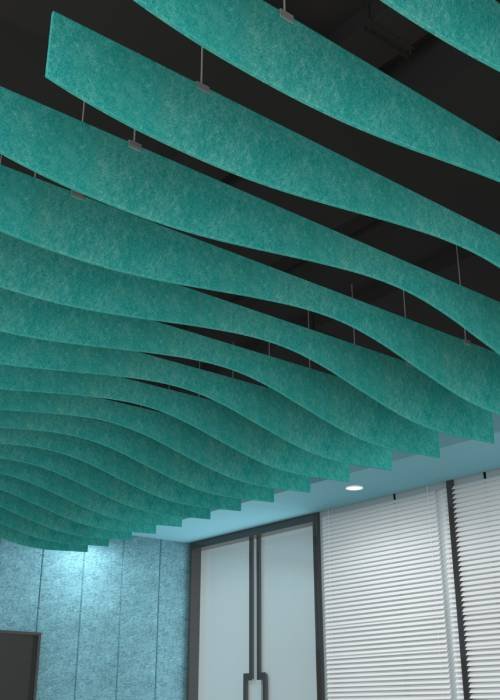Many times, you may hear a significant difference between high and low-frequency noise but do you know what causes them to be different? Frequency, measured in hertz, is the number of times per second a sound wave repeats. When the sound wave is bumped with an object, it either absorbs or converts into heat energy and reflects within a room. The study of balance between absorption and reflections is mainly called acoustics science.
The noise level of a frequency produced using a particular item is usually determined by Revolutions Per Minute and its size. For instance, a small motor running at high RPM will produce high noise frequency, unlike a large diesel engine operating at low RPM. In the case of fans, the level of noise frequency is not only determined using RPM but also the number of blades it has.


Under low-frequency noise, the sound waves are typically generated at a frequency of 500 hertz or fewer. It means that people mainly feel the vibration rather than hearing the sound. Also, low-frequency noise contains longer wavelengths, which means it can travel long distances and sustain for a longer time. Exposure to low-frequency noise can result in multiple negative factors like increased heart rate, headaches, vertigo, anxiety, fatigue, etc.
A measurement called Noise Reduction Coefficient is used, which measure how much sound is absorbed by a material. Commonly, a high NRC rate means the product absorbs more sound, while a low NRC rate explains the product does not absorb high levels of sound. Nevertheless, it is significant to consider that the number is an average of the varied frequency range.
Examples of objects producing low-frequency noise-
Examples of objects producing high-frequency noise-
Common applications producing high & low-frequency noise-
If you are looking for acoustics solutions to absorb low & high-frequency noise, Unidus provides various products which help you in combating such unwanted noise.
WhatsApp us